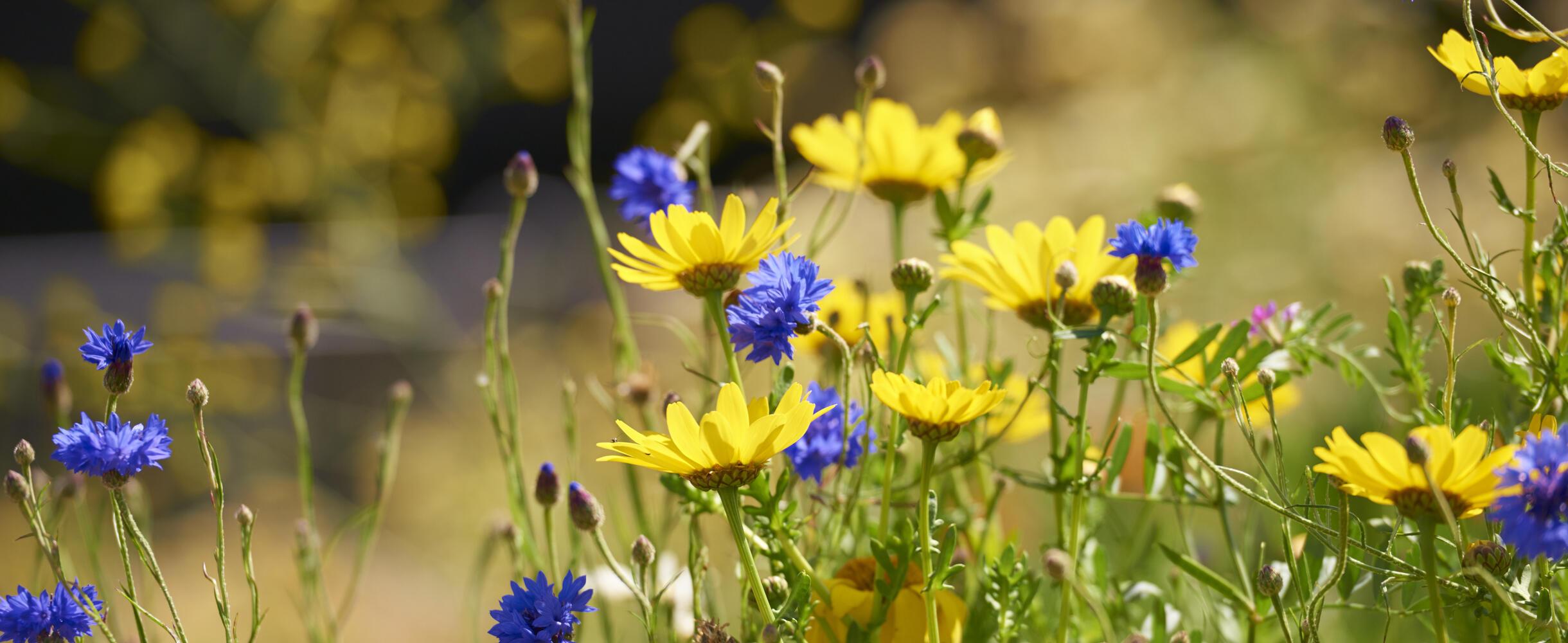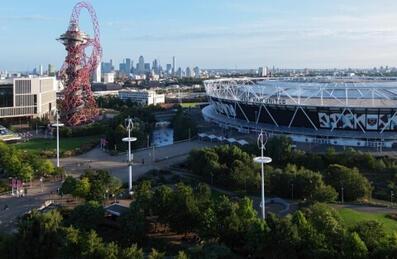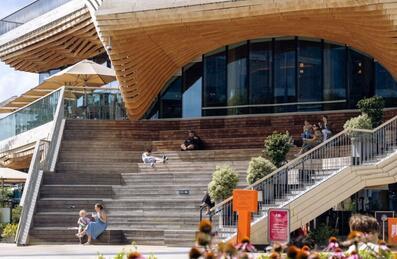
Popular Searches:
Keep up to date
Sign up today for exclusive offers and incredible experiences you won’t want to miss at Queen Elizabeth Olympic Park.
Sign up now
New Environmental Report Published
New Environmental Report Published
Story 17/09/2020
Queen Elizabeth Olympic Park and its wildlife proved to be a lifeline for many east Londoners during lockdown, with the beautiful parklands providing safe, open space for exercise and relaxation, but many people don’t realise that the Park is home to a range of rare plants and animals including the streaked bombardier beetle, black redstart, sand martin and brown-banded carder bee. These findings have just been published in the Biodiversity Action Plan (BAP), a report which is published roughly every five years and sets out the long-term environmental management of the Park to maintain and enhance its biodiversity.
The creation of the Olympic Park in 2008 provided unique opportunities to put in place new ideas about the role and design of urban parks. The Park’s first BAP in 2008, (the first produced for an Olympic Park), outlined proposals to create 10 new habitat types including wildflower meadows, woodlands, and wetlands. Twelve years later, and the latest BAP reports that six ‘schedule one’ birds have been recorded on the Park; these are among the most protected in the UK. Over 1100 invertebrate species have been recorded, including 91 that are rated as ‘nationally scarce.’
Find out more here.






